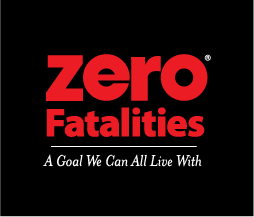“Road rage event” means the commission of a criminal offense:
PREVENTING ROAD RAGE
Road rage is a serious issue that affects everyone on the road. It can lead to dangerous situations, crashes and increased stress while driving.
Keep reading for valuable information on:

HOW TO AVOID ROAD RAGE AS A DRIVER

HOW TO HELP A LOVED ONE WHO MAY STRUGGLE WITH ROAD RAGE

WHAT TO DO IF YOU FIND YOURSELF IN A ROAD RAGE INCIDENT
Remember, staying calm, patient and courteous on the road can make a significant difference in your own safety and the safety of others. Make the decision before you get behind the wheel to not engage in “road rage” behaviors. That way, you won’t find yourself in a situation where you can’t take back a ticket, a crash or serious harm to another person.
Keep reading for valuable information on:
We’ve all heard of road rage, but how do we actually define it? Road rage includes any driving behaviors that potentially endanger others and are accompanied by intentional acts of aggression, negative emotions and risk-taking. You might not realize it, but some of the actions you engage in when behind the wheel could qualify as road rage.
- YELLING AT OTHER DRIVERS BICYCLISTS OR PEDESTRIANS
- VERBAL AND PHYSICAL THREATS
- RUDE GESTURES
- FOLLOWING TOO CLOSELY
- NOT USING TURN SIGNALS
- SPEEDING
- WEAVING THROUGH TRAFFIC
- CUTTING OFF OTHER VEHICLES
- HONKING UNNECESSARILY
- CHASING OTHER ROAD USERS
- ERRATIC BRAKING
- HITTING ANOTHER VEHICLE OR PERSON ON PURPOSE
- ANY ADDITIONAL DANGEROUS DRIVING BEHAVIORS TARGETED AT OTHERS
AVOIDING ROAD RAGE AS A DRIVER

STAY CALM AND PATIENT
Emotions can run high in traffic, but maintaining your composure is crucial. Take deep breaths and remind yourself to stay patient.

PLAN AHEAD
Allow extra time for your journey to avoid feeling rushed or stressed due to potential delays.

AVOID AGGRESSIVE DRIVING BEHAVIORS
Steer clear of tailgating, weaving in and out of traffic, flashing brights, cutting off other drivers, cutting across multiple lanes and making rude gestures, as these actions can provoke other drivers.

LIMIT DISTRACTIONS
Keep your focus on the road by minimizing distractions, such as texting, phone calls or adjusting the radio.
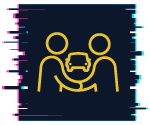
USE COURTESY ON THE ROAD
Remember, humans make mistakes. Small acts of kindness can diffuse tense situations. Wave or nod to acknowledge courteous drivers.

MUSIC AND RELAXATION TECHNIQUES
Play calming music or practice relaxation techniques like deep breathing to reduce stress while driving.
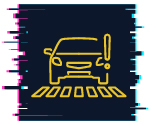
PRACTICE DEFENSIVE DRIVING
Stay alert, anticipate potential problems and be ready to react calmly to unexpected situations.
HELPING A LOVED ONE WITH ROAD RAGE
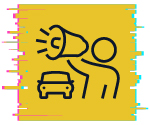
OPEN COMMUNICATION
Approach the issue with empathy and express your concern about their road rage. Avoid blaming or shaming.

SUGGEST STRESS MANAGEMENT TECHNIQUES
Recommend stress-relief activities like exercise, meditation or talking to a therapist to help them manage their emotions.
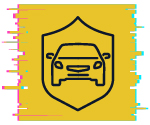
ENCOURAGE DEFENSIVE DRIVING COURSES
Suggest enrolling in defensive driving courses to improve their driving skills and confidence on the road.
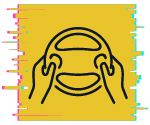
OFFER TO DRIVE
If possible, offer to drive during trips, which can help them relax and reduce their road rage triggers.
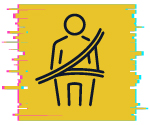
BE A SUPPORTIVE PASSENGER
When riding with them, stay calm and avoid escalating situations if they become agitated.
DEALING WITH ROAD RAGE INCIDENTS
STAY SAFE
AVOID EYE CONTACT
KEEP A SAFE DISTANCE
REPORT AGGRESSIVE BEHAVIOR
EXIT THE ROAD IF NECESSARY
Document Details
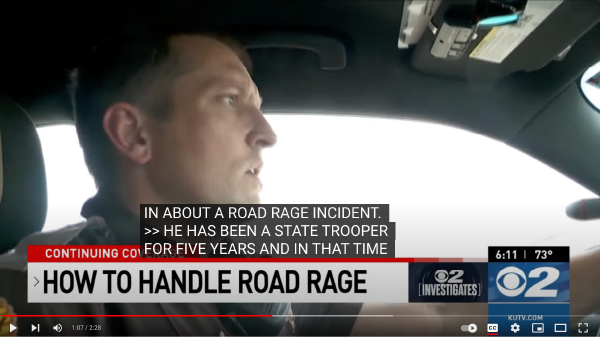
For More Information:
- Utah Trooper: Tips for Getting Out of Road Rage Situations (YouTube)
- Strategies for Controlling Your Anger: Keep Your Anger in Check (APA)
- Control Anger Before it Controls You (APA)
- Road Rage: What Makes Some People More Prone to Anger Behind the Wheel (APA)
- Community Crisis Intervention & Support Services
